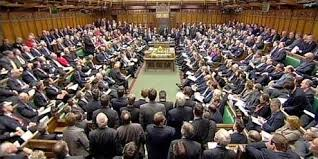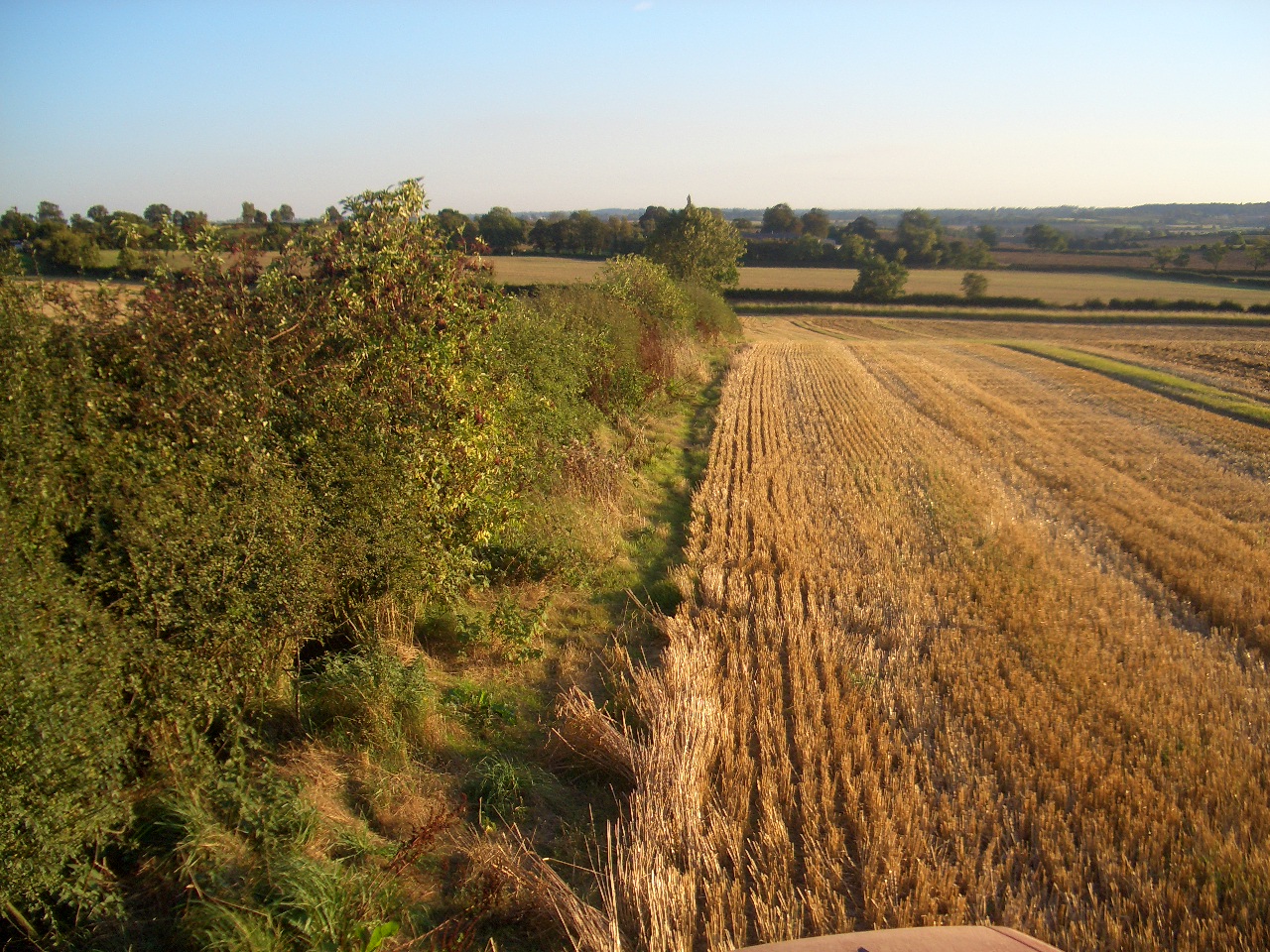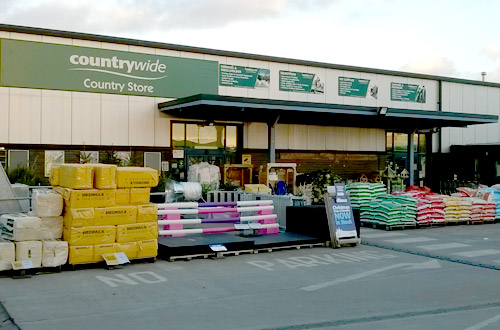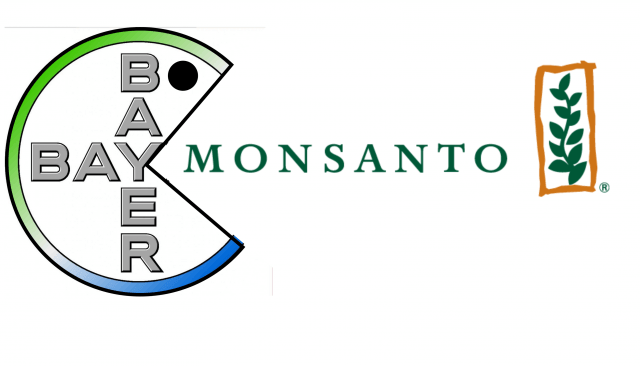The RPA has published new guidance on how to check and change hedge information, this can be found at https://assets.publishing.service.gov.uk/government/uploads/system/uploads/attachment_data/file/696039/How_to_check_and_change_your_hedge_information.pdf. The guidance is important where hedges will form part of an application or claim under the Basic Payment Scheme or Countryside Stewardship Scheme (not Environmental Stewardship).
As previously reported, there is a new ‘Hedge Layer’ on applicants’ Rural Payments accounts, which maps out the hedges in each land parcel. This can be viewed in the ‘Land Viewer’. Also, where hedges have been used to satisfy EFA requirements previously, these have been pre-populated in the Land-Use screen. In both cases, there appear to be a lot of inaccuracies and the new guidance shows claimants when and how to correct this information.
If claimants disagree with the hedge information on their digital maps or a hedge is not shown, they only need to correct this if they will be using the hedge for:
- BPS EFA requirements
- a Countryside Stewardship Scheme application, or
- submitting a claim for an existing Countryside Stewardship Agreement
To correct hedge information an RLE1 form and sketch map needs to be submitted. Complete the form at Part D. Fill in columns D1, D4 and D5. The code (at D4) should be H and the Effective date of change (at D5) should be 01/01/2018 or later. Annotate a sketch map showing the length and location of hedges as on the ground. It is possible to take a ‘screen shot’ of the Hedges information from the Land Viewer to mark on the correct hedges. If the gap between hedges is less than 20m, the hedge should be shown as a continual length.
Where hedge information has been incorrectly pre-populated in the Land Use section this can be updated. If this disagrees with the digital maps an RLE1 will need to be submitted as above. Where there are multiple hedge entries in the Land Use for one land parcel it is possible to delete the individual entries, add up all the lengths and insert one entry.
Note, the RPA is saying that the RLE1 does not form part of the BPS or CS application and therefore claimants should make sure in the first instance their application is submitted on time, is accurate and reflects what is on the ground. RLE1s and sketch maps can then be completed and returned to the RPA by 6th July. But, in practice it is often easier to complete sketch maps at the time of making an application.









